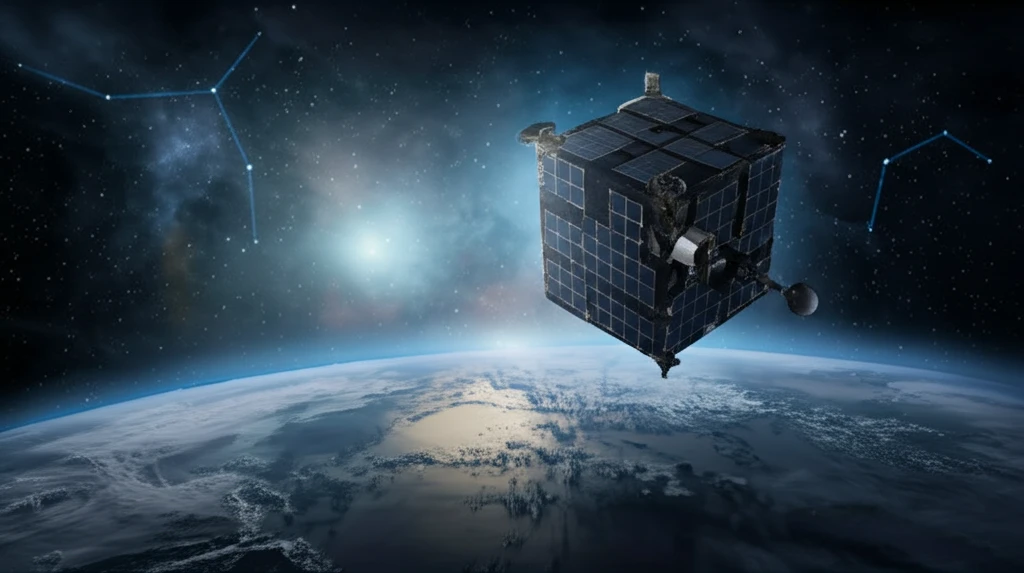
Secure Communication Goes Quantum: CubeSat Paves the Way for Hack-Proof Networks
"A revolutionary CubeSat mission is set to demonstrate quantum key distribution, promising unbreakable encryption and secure global communication."
In an era where digital security threats are constantly evolving, the need for unbreakable encryption methods has never been greater. Quantum Key Distribution (QKD) offers a radical solution, promising communication security that is fundamentally impervious to hacking. A groundbreaking mission, Nanobob, is poised to demonstrate the feasibility of QKD from space using a CubeSat platform.
QKD leverages the principles of quantum mechanics to distribute encryption keys, ensuring that any attempt to intercept the key would inevitably alter it, alerting the communicating parties to the intrusion. Unlike traditional encryption methods that rely on computational complexity, QKD's security is based on the laws of physics themselves. This makes it immune to even the most advanced computational attacks, including those from future quantum computers.
The Nanobob mission aims to validate a cost-effective and compact QKD system that could pave the way for a network of secure satellites, revolutionizing data transmission for governments, financial institutions, and anyone concerned about privacy. This mission represents a crucial step towards a future where secure communication is truly unhackable.
How Does Quantum Key Distribution (QKD) Work?

QKD relies on the unique properties of quantum mechanics, specifically the principles of superposition and entanglement, to create and distribute encryption keys. Here's a breakdown of the process:
- Bob measures the incoming photons using a random selection of measurement bases. Because of the uncertainty principle, Bob's measurements inevitably disturb the quantum state of the photons.
- Alice and Bob then publicly compare a portion of their measurement results. If an eavesdropper (Eve) has intercepted the photons, her actions will have introduced errors into the transmission.
- By analyzing the error rate, Alice and Bob can determine whether the transmission has been compromised. If the error rate is below a certain threshold, they can use the remaining, uncompromised data to generate a secret key.
- This key can then be used with a classical encryption algorithm to securely transmit messages.
The Future of Secure Communication is Quantum
The Nanobob mission is a crucial step towards realizing the full potential of quantum communication. By demonstrating the feasibility of QKD from space using a CubeSat platform, this mission paves the way for a future where secure global communication is a reality. As the threat landscape continues to evolve, quantum encryption offers a powerful defense against even the most sophisticated attacks, ensuring the privacy and security of our digital lives.
